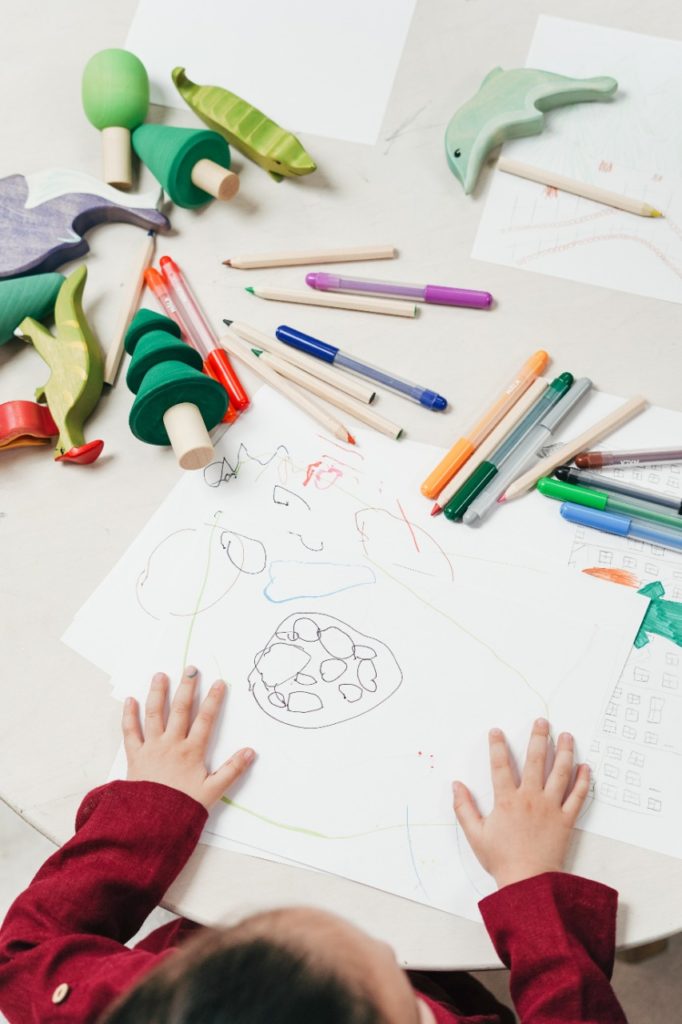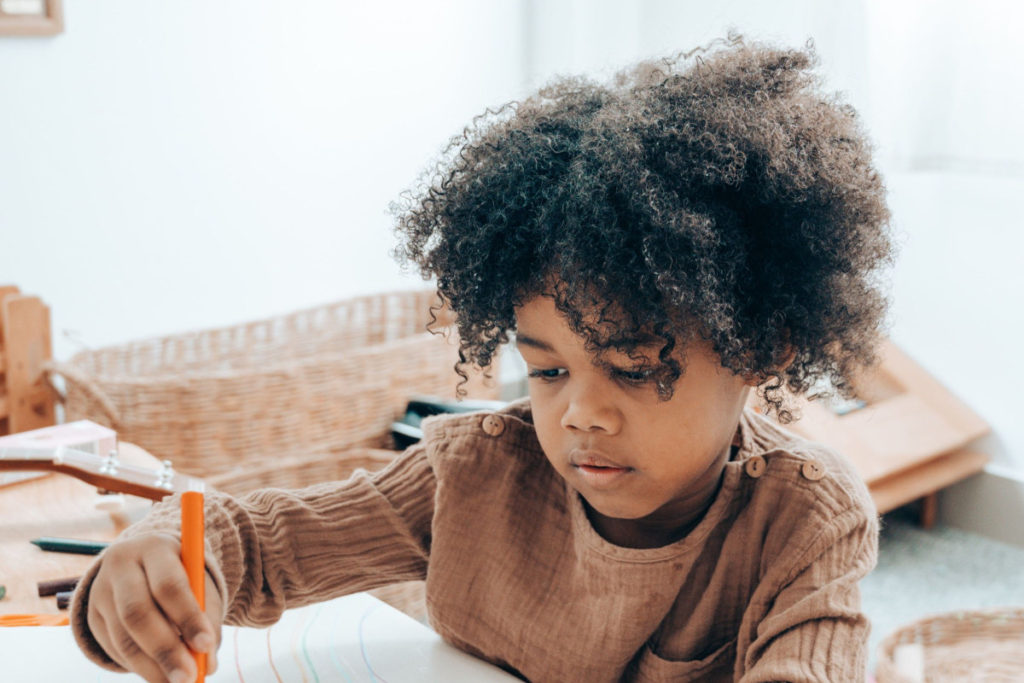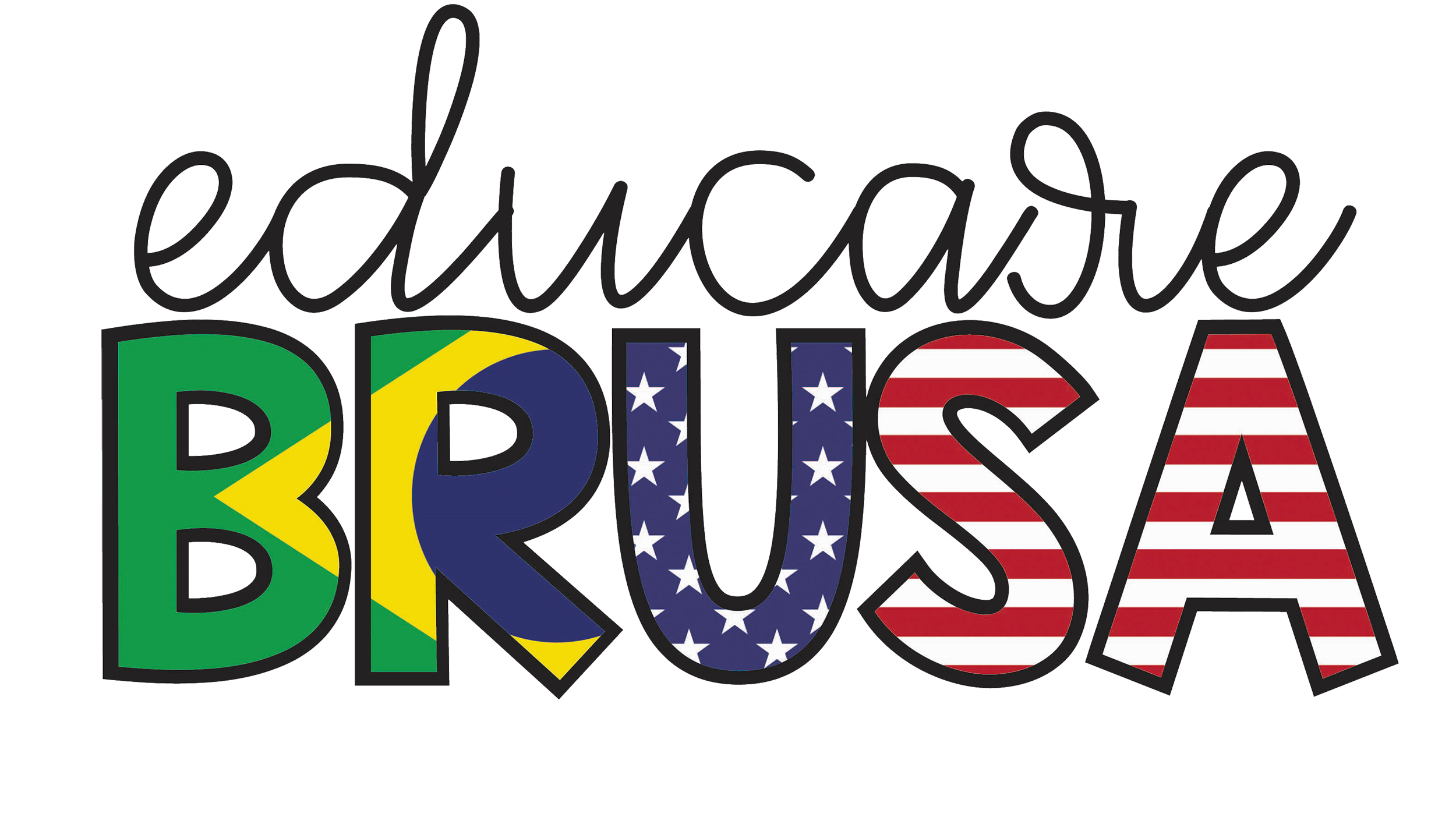Handwriting Practice Worksheets For Special Children

Handwriting is a life-lasting skill that starts at a preschool age and continues the whole life. It’s tough for a kid to start writing letters straight away. It takes time and much more hard work of a teacher or parent as well. It’s all about developing hand and eye coordination and muscle memory of a kid at preschool age.
A kid can’t start with writing with a pencil right from the start. They begin with some prewriting techniques and then progress onwards to holding a pencil and start proper pencil writing. We provide you worksheets with all the prewriting and writing techniques for a kid just with one clic
.PREWRITING TECHNIQUES
The basic thing a kid must develop before start writing is muscle memory and to copy and draw things. This helps them to evolve their motor functions by interpreting what they see, on a page. Many different ways can provide them with this basic sense, and they enjoy doing this as well. Little hands can get a start by drawing different random lines on a sand tray with their finger’s help. You need to monitor your kid while drawing all these random lines. This is just for developing their motor control. As this continues for several weeks, then bring some cards with different shapes on them and put them in front of the kid. Ask him to draw the same patterns on the sand and monitor his/her progress. It takes time, but after continuous trying for weeks, the kid learns how to copy things and draw it as it is.
Just like this, you can use other things like a table surface, the fur of carpet, spongy pages, etc. instead of a sand tray. It all depends on the interest of the child that what he enjoys the most.
As the kid masters in copying and pasting things on the sand tray, the next job is to make him/her handle the pencil. This is not an overnight process and takes time for the kid to get accustomed to it. In the beginning, try to hold his/her hand to initiate pencil handling and help him/her draw different lines.

Handwriting
Surely, we can’t expect a kid to start writing what he could draw on a sand tray as both are different things to do. At the start, you should monitor the pencil holding more rather than the patterns he/she draw. Just provide the kid with a diary and ask to draw random lines, just random lines. With time the kid knows how to hold a pencil and doesn’t focus more on it anymore. Then give him some specific lines to draw in a specific pattern or directions. A child reaches this stage almost at the age of early three or mid 3s(it may vary according to an individual).
WHAT DO WE PROVIDE?
For the prekindergarten age, when a child begins to draw specific patterns, we provide a range of sheets that helps the child to progress. The aim is not to learn only but to enjoy learning as well. Different types of worksheets are discussed below.
DIFFERENT WORKSHEETS FOR HANDWRITING SKILLS
To begin drawing lines, we provide worksheets with dotted patterns. The lines are straight, curved, diagonal, crossed, etc., but we start with straight lines first. The main thing is the direction in which the line is to be drawn. The lines are directed in funny ways.
In some, animals are made at one end, which is the starting point of the line, and the food on which it feeds at the ending point of the line. In this way, the kid starts drawing from one end and stops at the other. Both the food and animals are joined by a dotted pattern, which the kids trace. After being able to draw straight lines, kids then progress to diagonal and curved lines. The same technique and many different enjoyable techniques are used in different worksheets. visit our store to get what we provide in this regard.

Handwriting
After mastering drawing lines, the next and most important step is to start writing different letters. It is comparatively a tough and most important step, so much hard work is required. Kids learn to write single letters first.
We have many interactive worksheets for this task as well. For instance, for “A,” we draw a road map shaping just like “A” with the car at the starting point and the destination of the car at the ending point. Kid follows the route to the destination and, in this way, completes the letter “A.”
We use many more methods for such single letters. You will find tens of such worksheets on our site. Just click the following link and enjoy the best learning techniques for kids.
WHY ALL THESE STEPS?
We follow all these steps one by one, not only because it makes it easy to learn but also helps the kids to learn different sounds as well. With different letters, they get to know the pronunciation and the sounds of the letters. This helps them getting different letters together to form a word. And then they pronounce the whole word with ease.
The first word which the kid learns to write and pronounce is his/her name. Then they learn to name different things, pronounce them, and spell them correctly. All these letters and words are new for kids, so the letters’ alignment may not be exactly perfect. To make them learn the proper alignment of a letter, we split the worksheets into multiple lines and dotted patterns of letters made over the lines. Kids learn the alignment by tracing these dots. This is repeated again and again for different letters. One-click on the link will take you to these sheets.
ASSESSMENT SHEETS
This is the ultimate and final step. In these sheets, we just provide sheets to the kids with pictures of different objects and their names written beside them. The names are not spelled fully. One letter is usually missing, and kids need to identify and write the missing letter.
Mostly the first letter is not provided. These types of sheets assess the multiple learning skills of kids. The kids are not only assessed for guessing and writing correct letters but also pronouncing different letters. These sheets link the kids with their surroundings because they name the objects or animals which are of their surroundings. A child of mid 4s or early 5s reaches this level of learning, but it is not a hard and fast rule. The age of learning or developing skills may vary.
AIM OF EDUCAREBRUSA
We aim to make learning fun for kids and also help their teachers or parents by providing different ideas to them. We make it easy for the teachers to approach quality worksheets with just one click and at a reasonable price. We have plans for different aged kids and kids of different intellects. Learning is fun for kids when it is divided into smaller steps. We provide a whole sketch of the curriculum with all these little steps. Visit our site educarebrusa and enjoy the best educational stuff of every grade.
